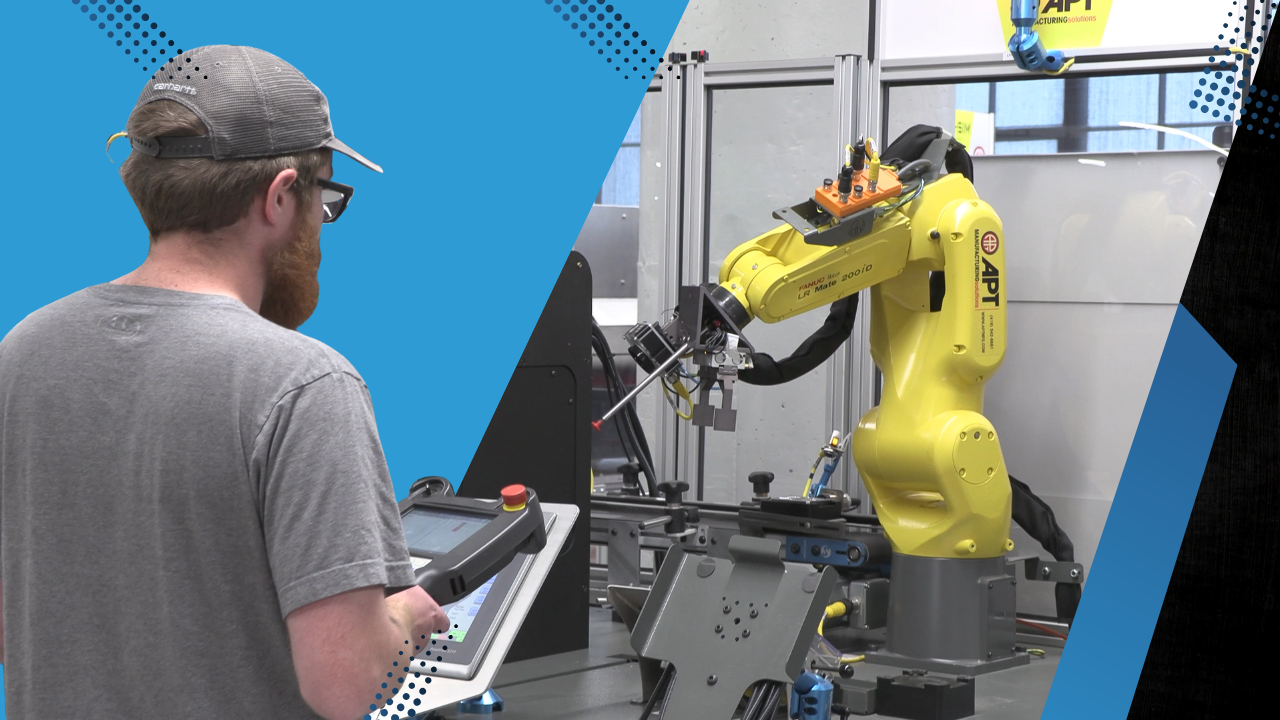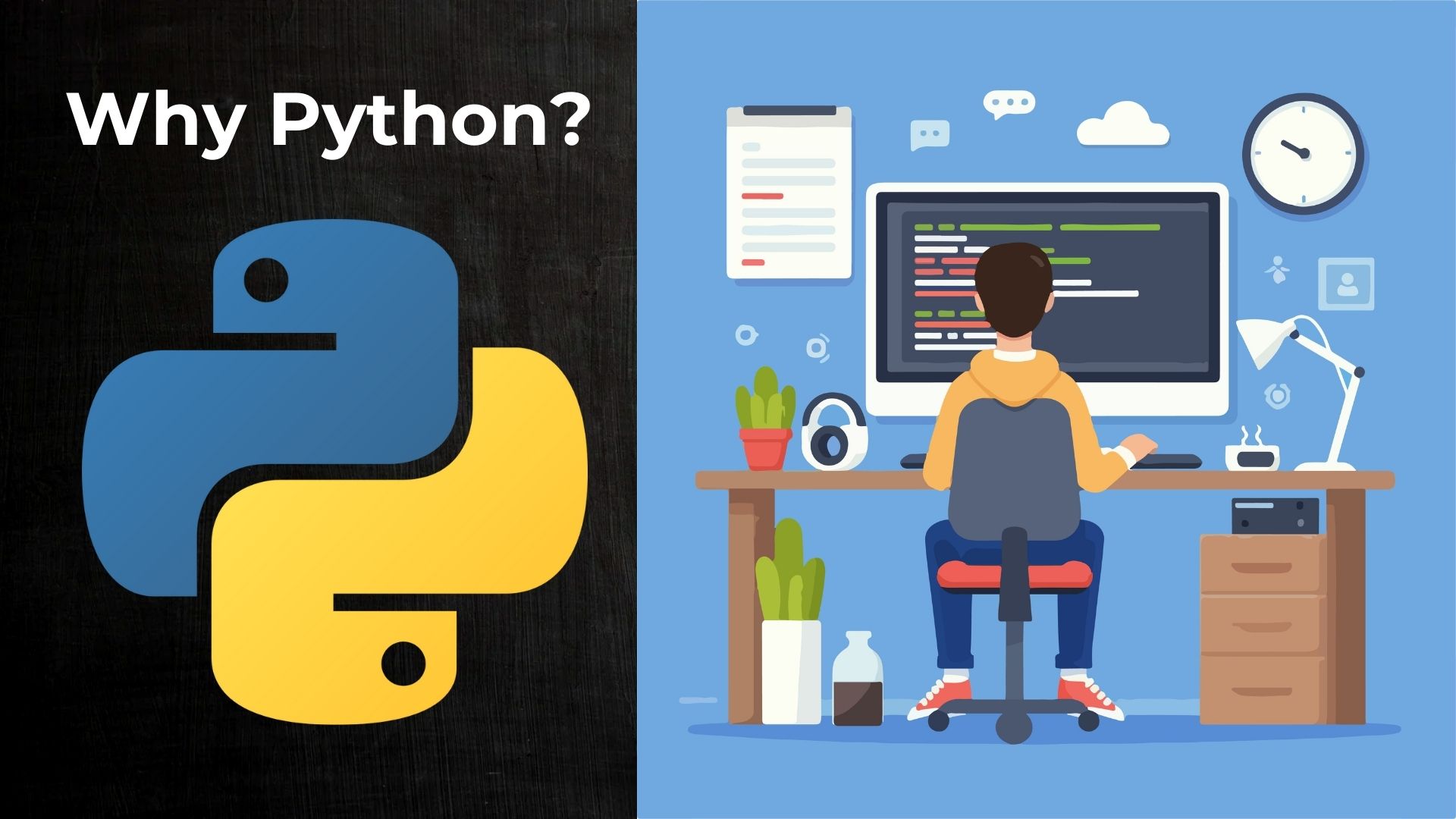
Automation and Robotics Center is a Collaborative Effort to Bolster the High-Tech Manufacturing Workforce
On the edge of downtown Waterloo, Iowa, there’s a historic site where the first John Deere tractor factory changed the
On a Tuesday morning in Phoenix, a visitor on business orders an Uber to take them to a conference, and as they step to the curb, a Waymo robotaxi glides to a stop with no diver behind the wheel. Ten minutes away, a Tesla automatically slams to a stop as a pedestrian crosses the road in the driver’s blind spot. Neither scene would have seemed plausible fifteen years ago. Today, they’re routine.
Waymo self-driving cars log thousands of rider-only trips each week. Tesla’s Autopilot handles highway merges in hundreds of thousands of vehicles. Autonomous trucks haul freight on test routes. The technology has crossed from prototype to product.
For educators, there’s an exciting opportunity to engage students with self-driving car technology as a vehicle (pun intended) to teach applied artificial intelligence. And teaching these technologies matters, because it’s going to become commonplace in our world and in transportation careers. Someone has to train the neural networks. Someone has to audit the algorithms. Someone has to design the sensors and build the infrastructure that makes driverless cities possible.
This is applied artificial intelligence in action. And here’s how schools can think about teaching it.
Every autonomous vehicle — from a Tesla to a Waymo taxi to a 1/10‑scale research car — functions on the same fundamental principles: perception, decision‑making, and control. In other words, all autonomous vehicles can do 4 things: see, think, act, and communicate.

A self-driving car begins by seeing the world. A combination of cameras, lidar, depth sensors, GPS, and inertial sensors continually collects data about lane lines, traffic lights, vehicles, pedestrians, road edges, and obstacles. A Tesla, for example, uses a camera‑first approach with neural networks trained on millions of real-world driving hours. Waymo pairs lidar with high-resolution cameras to build a 360° environmental model.
Next comes the thinking stage. Onboard processors interpret raw sensor data using AI models for lane detection, object recognition, semantic segmentation, and prediction. This is where the car determines whether a shape is a pedestrian, a bicyclist, or a sign, and anticipates how each actor might behave.
Then, the vehicle acts. Path‑planning algorithms calculate the safest trajectory, PID controllers manage steering, throttle, and braking, and the vehicle executes its movement. This entire loop repeats many times per second.
Finally, modern autonomous vehicles are built to communicate. Data is stored, shared, and analyzed to improve future performance. In large fleets like Waymo, experiences from one vehicle inform the learning of all. And someday, vehicles of any make will be able to communicate with each other and with transportation infrastructure.
This coordinated intelligence is what separates true autonomy from traditional driver assistance.
The shift toward intelligent transportation is opening career doors far beyond automotive engineering. Mechanical and electrical engineers will design next‑generation sensors and drive systems. Computer scientists and AI developers will build perception and decision‑making algorithms. Technicians will maintain lidar arrays, embedded computing units, and electric drive systems. City planners will model traffic impacts and integrate smart mobility into infrastructure. Data analysts will refine routing, charging, and fleet optimization strategies.
Every role in this ecosystem benefits from understanding how autonomous systems work, not from a theoretical standpoint, but through real, applied experience.
That’s why the Quanser Self‑Driving Car STEM Lab is such a powerful tool for technical education programs.
The Quanser Self‑Driving Car STEM Lab is purpose-built to help students understand AI-driven mobility through hands‑on, real‑world exploration. At the heart of the experience is the QCar — a 1/10‑scale autonomous vehicle equipped with the same categories of sensors and compute power used in full‑scale systems.

The QCar includes an onboard NVIDIA Jetson platform for GPU‑accelerated machine learning, a stereo vision system, lidar, wheel encoders, IMU sensors, and Wi‑Fi connectivity. Students interact with the same perception, localization, and control challenges encountered in commercial autonomous vehicles, but scaled safely for the classroom.
What students explore mirrors industry work:
Understanding self-driving cars requires understanding where the AI actually lives. The edge-to-cloud continuum offers students a clear framework for how autonomous vehicles process information, make decisions, and improve over time.
At the edge, the autonomous vehicle gathers sensor data and makes immediate decisions. Cameras capture visual information, lidar scans the environment, and inertial sensors track motion. The QCar mirrors this real-time processing through its onboard Jetson GPU, enabling fast inference for perception tasks like lane detection and object recognition. This is why an autonomous vehicle can brake for a pedestrian without requiring a round trip to the cloud.
In the control layer, the vehicle executes those AI-driven decisions. Steering, acceleration, braking, and trajectory adjustments all happen locally. This layer ensures safety, stability, and responsiveness.
In the fog, data from multiple vehicles or multiple runs can be aggregated locally. While this layer is more visible in large fleets, the concept still applies in the classroom where logs from multiple experiments can be gathered, compared, and processed to refine algorithms.
In the cloud, long-term learning happens. Large datasets are stored, models are trained or updated, and insights feed future decision-making. While the QCar makes real‑time decisions at the edge, the system also integrates with Quanser’s cloud-based tools, allowing students to upload logs, analyze performance, compare runs, and understand how cloud analytics contribute to improved autonomy.
Together, these layers mirror how commercial autonomous vehicle platforms operate. Students see not only how the car moves, but how perception, learning, and system optimization happen across the entire digital ecosystem.

Educators don’t need to teach students to build a full autonomous driving stack from scratch. Instead, they need to help students understand the core AI principles that underpin the technology.
Students should be comfortable with:
The Quanser STEM Lab provides these concepts in a hands-on way, integrating coding, data science, robotics, and control systems into a unified experience.
Autonomous vehicles are revolutionizing transportation, and students now have the opportunity to understand this technology from the inside out. The Quanser Self‑Driving Car STEM Lab is part of Discover AI, a scalable, hands-on learning program that gives high school students access to real-world AI systems across 12 different technology areas.
Students begin with an Intro to Applied AI course, then dive into a 45‑hour autonomous vehicle experience where they explore perception, navigation, machine vision, and control. The learning is student-led, project-based, and deeply rooted in the applied side of artificial intelligence.
Bring the intelligence behind autonomous vehicles into your classroom. Learn how Discover AI can help your students explore the future of transportation, robotics, and applied AI.

On the edge of downtown Waterloo, Iowa, there’s a historic site where the first John Deere tractor factory changed the

Step into any advanced manufacturing facility today and you’ll see rows of precision machines fabricating parts that used to take

Artificial intelligence looks like magic from the outside: chatbots that hold full conversations, cars that drive themselves, tractors that spot